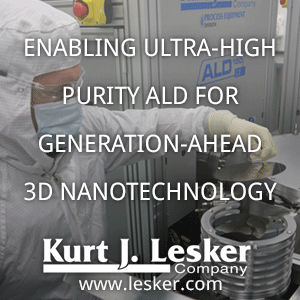As reported by The Times of India: Three-year-long targeted research by Tata Institute of Fundamental Research team led by Professor Achanta Venu Gopal with design and simulation input from a senior optics faculty at University of Hyderabad, Professor S Dutta Gupta, has led to the experimental confirmation of a US patent (no: US 7,894,137 B2).
The patent is jointly owned by UoH and Oklahoma State University (OSU), with inventors Professor S Dutta Gupta (UoH) and Prof. Girish Agarwal (OSU) and deals with complete transparency of a graded index dielectric film based on the concept of reflectionless potentials. The notion of reflectionless potentials was proposed by Kay and Moses (I. Kay and H. E. Moses, "Reflectionless transmission through dielectrics and scattering potentials," J. Appl.Phys. 27(12), 1503-1508 (1956)). It was extensively used in inverse scattering and high energy physics theory. Incidentally there were very few research efforts in optics.
I. Kay and H. E. Moses, "Reflectionless transmission through dielectrics and scattering potentials," J. Appl.Phys. 27(12), 1503-1508 (1956)).
The realization of the optical reflectionless potential opens up new directions for a totally new design methodology for omnidirectional broadband optical coatings to enhance the throughput of any optical device. Note that standard antireflection coatings mostly makes use of quarter wavelength plates, and thus cannot be broadband and omnidirectional. The realisation of optical reflectionless potentials was a real experimental challenge in the context of choice of materials and finding the optimal technique. The graded reflectionless profile was achieved with Titanium and Aluminium oxide nano layers since they have high and low refractive indices, respectively, and a proper combination can lead to an effective medium with intermediate desired refractive index.
"We had to explore different layer deposition techniques since nanometer thick layers needed for the profile have different optical properties depending on the technique. We had to use techniques ranging from atomic layer deposition, electron beam evaporation to sputtering. We are still in the process of refining the growth process", says Prof. Gopal.
"We had to explore different layer deposition techniques since nanometer thick layers needed for the profile have different optical properties depending on the technique. We had to use techniques ranging from atomic layer deposition, electron beam evaporation to sputtering. We are still in the process of refining the growth process", says Prof. Gopal.
There are other fundamentally interesting properties like superluminal group velocities, pulse narrowing etc., which are being probed. Note that superluminal group velocities do not violate Einstein's principles, since the peaks of the emerging and incident pulses are not causally related.



%20(1).png)






















.png)





